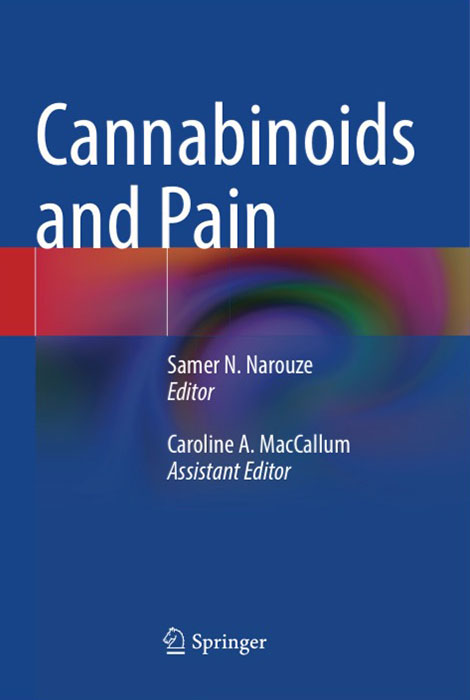Chapter 22: Cannabinoid-Based Medicines: Dosing, Titration, and Monitoring
Authors: MacCallum CA, de Freitas L, Lo LA & Boivin M
Abstract:
Variations in cannabis formulations and methods of administration influence dosing, titration, and monitoring methodology. The type of cannabis formulation will dictate the way it can be administered. Smoking/vaporization, oral, oromucosal, and topical routes of administration each have unique pharmacological properties, such as onset and duration of action, that impact the effects experienced.
The most accurate dosing strategy uses mg of THC and CBD via oils compared to by flower. Cannabis dosing is dependent on the THC and/or CBD content of each plant chemovar; however, given that impairment and adverse effects are THC dose-dependent, prescribing should be based on the mg of THC. The safest dosing strategy for cannabis is to “start low, go slow” and stay at the lowest dose which allows the patient to reach their treatment goals with minimal/no side effects. Patients require ongoing monitoring by a healthcare provider to achieve optimal therapeutic dose, as they may require adjustments to their products and regimen.

